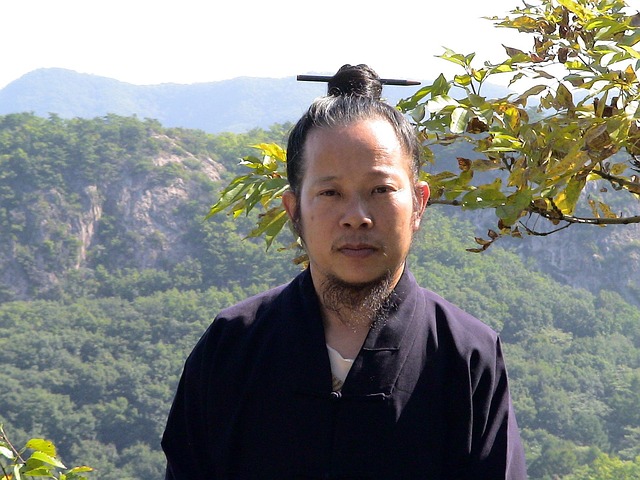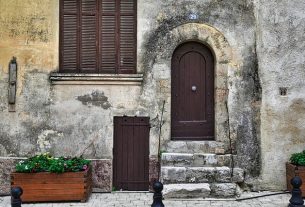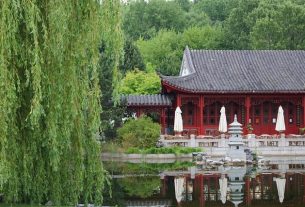Traditional Chinese houses represent a captivating blend of cultural heritage and functional design, characterized by intricate wooden structures, natural materials, and unique architectural elements like the sihe and dougong. Their meticulous craftsmanship, stability, and aesthetic appeal are a testament to China's rich architectural history. Conservation projects, such as Zhujiajiao Ancient Village, have meticulously restored these houses, attracting global visitors who appreciate their enduring beauty and profound cultural significance. Beyond aesthetics, Traditional Chinese Houses showcase ancient design principles focusing on balance, simplicity, and nature connection, offering timeless relevance in contemporary times with innovative ventilation and insulation techniques.
“Discover the enchanting world of Traditional Chinese Houses, where superior craftsmanship meets enduring heritage. China’s architectural legacy is a captivating tapestry of intricate designs and timeless beauty. This article explores the defining features and proven design secrets behind these iconic structures.
From their meticulous construction to the harmonious integration with nature, traditional Chinese homes have stood the test of time. With an average lifespan of over 100 years, these buildings are a testament to the skill and wisdom of Chinese architects. Explore the intricate details that make them renowned worldwide.”
- Exploring the Superior Craftsmanship of Traditional Chinese Houses
- Discovering Proven Heritage in Traditional Chinese Architecture
- Unveiling Effective Design Secrets of Traditional Chinese Homes
Exploring the Superior Craftsmanship of Traditional Chinese Houses
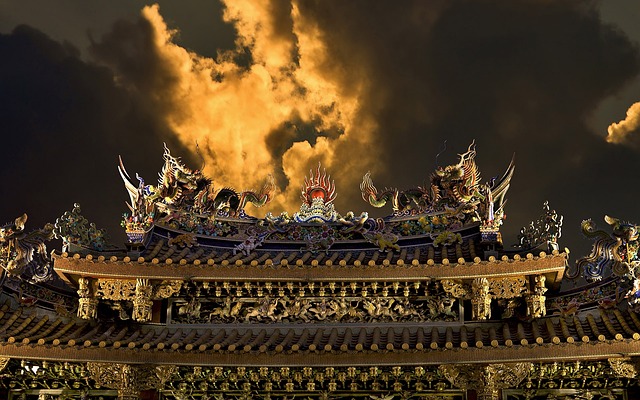
Traditional Chinese houses are renowned for their superior craftsmanship and unique architectural elements, reflecting centuries of cultural evolution. These dwellings showcase intricate wooden structures, elegant curves, and precise joinery, ensuring stability and longevity. The use of natural materials like timber, stone, and clay promotes harmony with the environment, a key principle in Chinese philosophy. For instance, the iconic sihe (four-side structure) design, often featuring overhanging roofs and decorative brackets, not only adds aesthetic appeal but also provides efficient space utilisation.
One remarkable aspect is the meticulous attention to detail, evident in the delicate carvings adorning doors and windows. These artistic touches not only enhance the visual allure but also serve functional purposes, allowing for better air circulation and natural lighting. The iconic dougong (dou-gong) system, a network of interlocking wooden brackets, is a prime example of this craftsmanship. This structural element supports the roof while creating a breathtaking visual display, as seen in many ancient temples and mansions across China.
Discovering Proven Heritage in Traditional Chinese Architecture
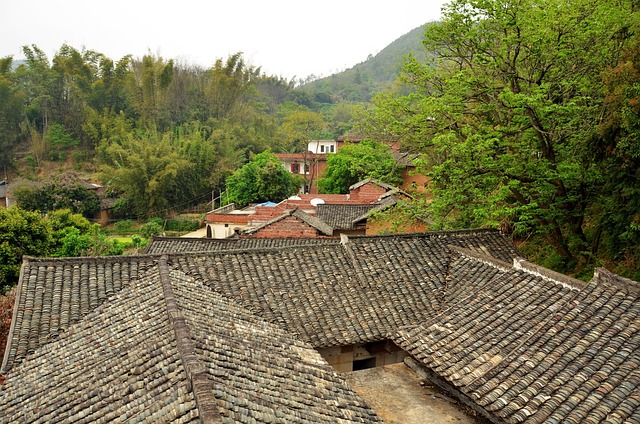
Exploring the heritage of Traditional Chinese Houses offers a glimpse into a rich cultural tapestry that has stood the test of time. These architectural marvels, with their elegant curves and harmonious design principles, reflect centuries of craftsmanship and philosophical values deeply rooted in Chinese society. One of the most striking features is the emphasis on balance and symbology. For instance, many Traditional Chinese Houses feature intricate wooden structures, with pillars and beams meticulously crafted to create a sense of stability and elegance. The use of natural materials like bamboo, wood, and stone not only ensures structural integrity but also fosters a connection with nature.
An exemplary success story is the conservation project at the Ancient Village of Zhujiajiao, located in Jiangsu Province. This village, dating back to the Ming Dynasty (1368-1644), has been meticulously restored, preserving its traditional houses and canals. The project garnered international acclaim for its meticulous attention to detail and respect for historical authenticity. Today, Zhujiajiao stands as a living museum, attracting visitors worldwide who come to appreciate the enduring beauty of Traditional Chinese Houses and their profound cultural significance.
Unveiling Effective Design Secrets of Traditional Chinese Homes
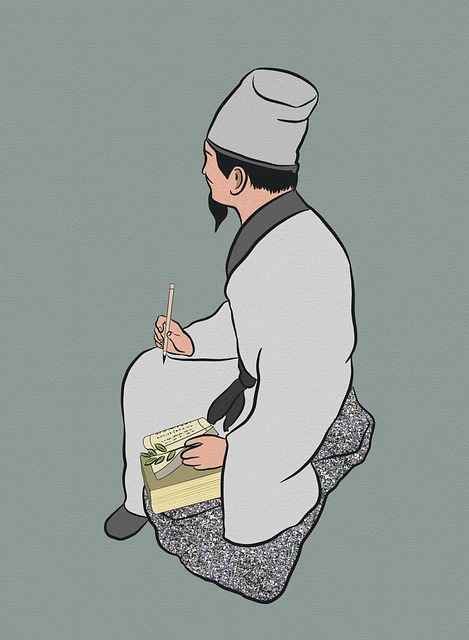
Unveiling the design secrets of traditional Chinese homes offers a captivating glimpse into an ancient architectural tradition that exudes elegance and harmony. These timeless structures are more than just buildings; they are a reflection of the deep-rooted philosophical principles and cultural values of China, emphasizing balance, simplicity, and connection with nature. One of the key characteristics is the strategic placement of elements, creating a harmonious relationship between the house and its surroundings. For instance, traditional Chinese homes often feature expansive windows, allowing natural light to flood in while providing stunning views of the landscape, a design element that enhances the indoor-outdoor flow.
The excellence of these designs is evident in their adaptability to various climates. From the snowy regions of northern China to the humid summers of the south, traditional homes incorporate smart ventilation systems and insulation techniques, ensuring comfort year-round. A remarkable example is the use of double-layered walls and roof spaces filled with earth or straw, which act as natural insulators, a technique that has proven effective for centuries. These design secrets not only showcase the architectural brilliance of Chinese homes but also highlight their enduring appeal, even in modern times.
Chinese houses, with their rich history and unique design principles, offer more than just shelter—they embody a profound cultural heritage. By exploring the craftsmanship, proven designs, and effective secrets of traditional Chinese architecture, we gain insight into a style that continues to inspire globally. Whether you’re an enthusiast or professional, delving into these architectural wonders fosters a deeper appreciation for the Traditional Chinese Houses and their enduring legacy. Trust in the beauty and significance of this ancient building tradition, which remains relevant and revered today.
